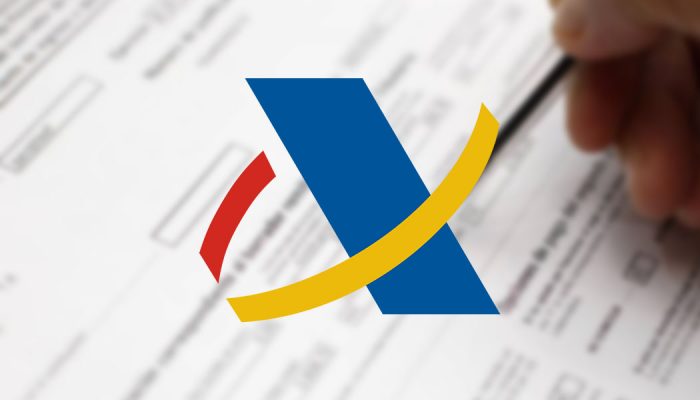Capital gains obtained as the result of the sale of a building constitutes taxable income. This income shall be deemed accrued when the property is transferred.
In general, net gains shall be calculated based on the difference between the cost price and transfer value of the property.
The cost price consists of the real cost price of the property involved, plus all costs and taxes arising, excluding interest, paid by the transferor. Depending on the year of purchase, this value is corrected by the application of an updating coefficient which is established annually, in accordance with the General State Budget Act.
The transfer value is the real amount for which the disposal was made, reduced by the amount of any costs or taxes related to the transfer paid by the seller.
As a result, the capital gain which will be taxed consists of the difference between the transfer value and the cost price, determined as described above.
Nevertheless, if the property is transferred by an individual who purchased it prior to 31 December 1994, net gains will be subject to a transitory scheme and the previously calculated figure will be reduced.
If the transferor acquired the property on two separate dates or the property has been renovated, calculations must be made as if there were two net gains.
Tax rate: 19%.
The person acquiring the building, whether resident or non-resident, shall be obliged to withhold 3% of the agreed payment and deposit it with the Public Treasury. For the seller, this withholding acts as a payment on account of capital gains tax arising from the transaction. Therefore, the purchaser will give a copy of form 211 (used to deposit the withholding) to the non-resident seller, so that the seller can deduct this withholding from the tax to be paid as a result of the tax arising from the capital gain. Should the amount retained be greater than the tax liability, it is possible to obtain a refund of the difference.
If the withholding is not paid, the real estate will be liable for payment of the lowest amount between the withholding and the corresponding tax.
Time period: three months from the end of the period that the person acquiring the building has to deposit the withholding (this time period, in turn, is one month from the date of the sale).
Refund of excess withholdings In the event of capital gains loss, or in the event of a withholding greater than the amount that should have been deposited, there is a right to a refund of the excess amount retained. The refund procedure is initiated by filing the tax return form. The refund is paid by bank transfer to the account indicated on the tax return. The holder of the account will be the non-resident taxpayer or their representative; in the event of the person being a representative, they must be expressly granted powers to receive the refund in the documentation showing their status as representatives. The “for non-resident transferors” copy of form 211 used to pay the tax withholding shall be attached to the tax return.
The Administration may make a provisional settlement within a period of six months from the end of the period established for filing the tax return. When the tax return is filed outside the period, the six months will be calculated from the filing date. If the provisional settlement is not made in said time period, the Tax Administration will proceed to refund the excess on the amount self-assessed, without prejudice to any later settlements that may be relevant. If the refund has not been ordered once six months have elapsed and for reasons not attributable to the taxpayer, the amount pending refund shall accrue late payment interest.
LimitConsulting can assist you in preparing and submitting your tax forms. Please contact us for more information.
 Limit Consulting
Limit Consulting
